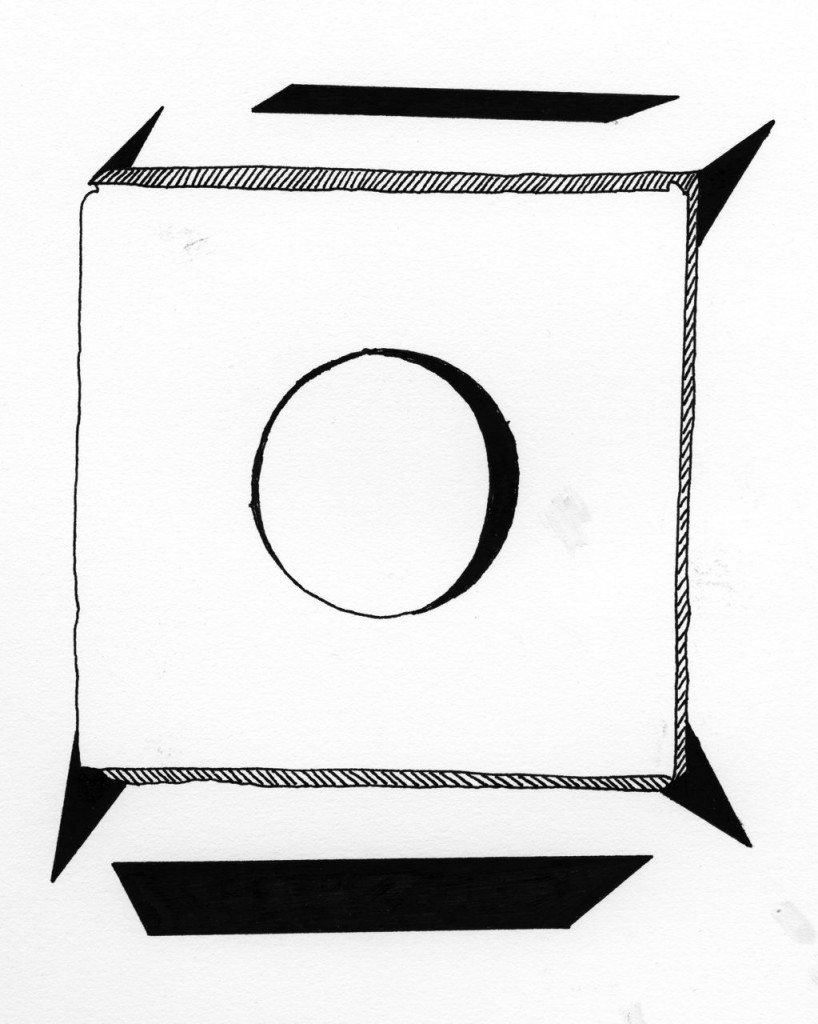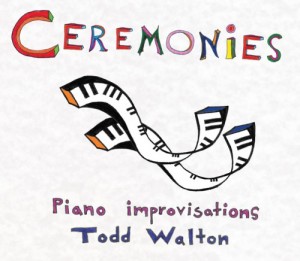This is the story of a song that came out a finished work the first time I played it, never having played it before. This had never happened to me with a song that has both music and words. Which is to say, I have improvised piano tunes that were finished works, though I could never repeat them exactly as I played them the first time. But music and lyrics in their finished form the first time I played a song? Definitely a first.
Which reminds me, if I may briefly digress, of the one short story I’ve written in my fifty years of writing stories when the first draft was the final draft, and that turned out to be one of my most popular stories, Of Water and Melons. I recorded it for CD of stories I Steal My Bicycle and other stories. And you can listen to my reading of Of Water and Melons on YouTube.
∆
Now back to the song story.
So… the basic guitar parts, piano parts, and my vocals for eleven songs on my new album Lounge Act In Heaven were recorded and I had a three-week wait before I could get back into Peter Temple’s studio to do more work on the album. Meanwhile, Gwyneth Moreland was listening to those eleven songs and figuring out her accordion parts and vocal harmonies.
I had been practicing those eleven songs every day for months. Now that they were recorded to my liking I no longer needed to play them, so I turned my attention to working out second guitar parts and vocal harmonies, though those would mostly have to wait until I heard what Gwyneth came up with.
And I resumed my usual practice of improvising on both piano and guitar and hunting around for appealing patterns of chords and neato melodies.
∆
On a beautiful fall morning, about two weeks before Gwyneth would begin recording her parts for the songs, I picked up my guitar and played high up on the guitar neck a repeating pattern of three jazzy chords and sang in a plaintive voice, “Got my songs together, waiting on studio time. Got my songs together, waiting on studio time, studio time.”
Then without pausing, I shifted to a classic rock n’ roll chord progression and sang, “If I make a million from my music, this is what I’m gonna do, build me a super duper studio for me and you, get a super duper engineer, on call twenty-four hours. We can work there night and day, maximize our power.”
Again without pausing I went back up the neck to the high jazzy chords and repeated, “Got my songs together, waiting on studio time. Got my songs together, waiting on studio time, studio time.”
Then I played the rock progression again and repeated, “If I make a million from my music, this is what I’m gonna do, build me a super duper studio for me and you, get a super duper engineer, on call twenty-four hours. We can work there night and day, maximize our power.”
Song finished, I put down my guitar and went outside and had a good laugh because the song struck me as both a funny satire and an honest elucidation of my impatience to get back to work on the songs for Lounge Act In Heaven. In a wholly unanticipated outburst, I’d composed an anthem to the adolescent fantasies of millions of wannabe rock stars who imagine the only thing standing between them and stardom is studio time. That is to say, when I was young, before the advent of digital everything and YouTube, aspiring musicians everywhere longed for studio time.
I played the song again, wrote down the words, practiced the song many times, and when I finally got back in the studio I recorded the groovy tune in one take. And while recording the song, never having done this before, I spoke the line “Shred it Johnny” between the rock progression and the high jazzy.
I really loved how the song turned out and thought I’d like to find a hot lead guitar player to play hot lead guitar on the instrumental sections. But after Gwyneth came up with a groovy accordion part and I recorded a vocal harmony, I thought I’d face my lead guitar demons and take a crack at playing lead. After lots of practicing, we recorded my lead guitar parts and I was happy with the results. Shred it Toddy.
Got my songs together, waiting on studio time
Got my songs together, waiting on studio time
Studio time, studio time
If I make a million from my music, this is what I’m gonna do
Build me a super duper studio for me and you
Get a super duper engineer, on call twenty-four hours
We can work there night and day, maximize our power
Shred it Johnny
Got my songs together, waiting on studio time
Got my songs together, waiting on studio time
Studio time
If I make a million from my music, this is what I’m gonna do
Build me a super duper studio for me and you
Get a super duper engineer, on call twenty-four hours
We can work there night and day, maximize our power
Shred it Johnny






